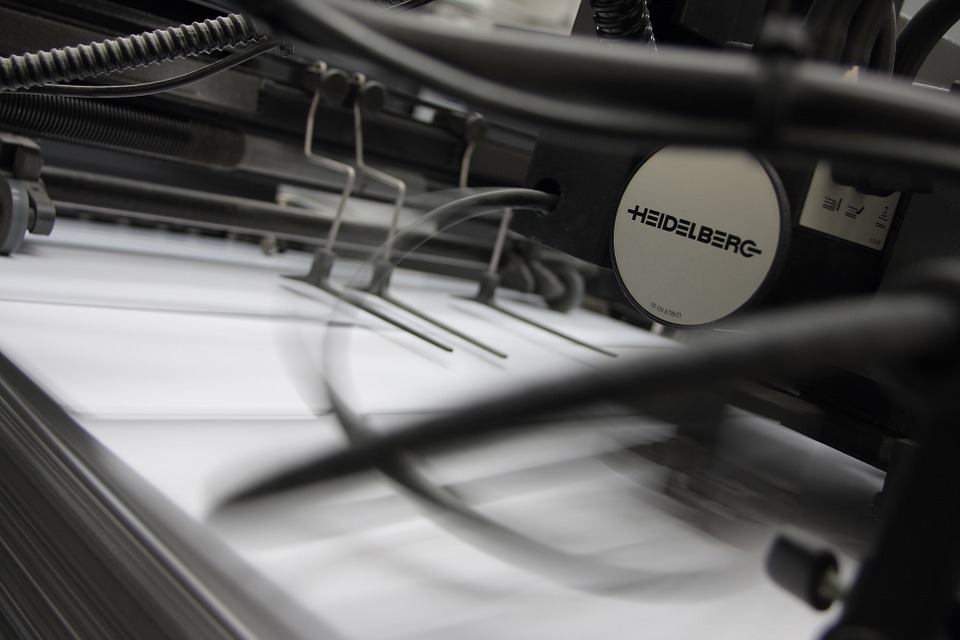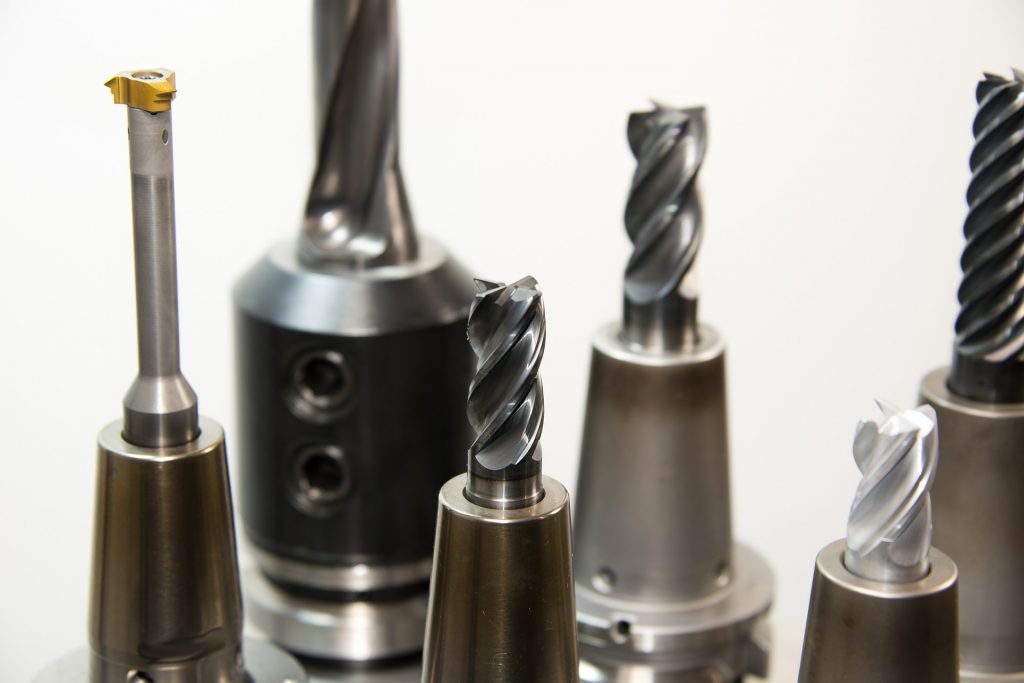Things To Look For In Disposable Bed Pads
When it comes to disposable bed pads, absorbency and leakage protection are the most important factors. But if you’re tired of the same old thing, consider these additional features: A side wing or flap: Side wings help keep the pad in place and prevent leakage along the sides and front of beds and other surfaces where they’re placed. Large pads: Disposable bed pads come in various sizes for all purposes, including those that provide overnight protection or can be easily tucked into adult briefs for maximum comfort. Cottony soft outer cover: This is especially helpful when wearing your usual clothing over an underpad or thick overnight product like a disposable diaper with plastic backing. The last thing anyone wants is a rough, uncomfortable feeling against their skin. Soft plastic backing: This makes them stay firmly in place on your bed or other surfaces where they’re placed. In addition to preventing leakage, the soft texture is also gentle against your bare skin. Odor absorbing feature: If you have difficulty with odors from incontinence products, this can help. However, a product containing many odor-absorbing chemicals may dry out faster and create a crinkly sound as you move around. Make sure to follow the instructions for use carefully to avoid any issues. Easy clumps: To prevent those annoying lumps from developing when using disposable diapers overnight, look for superabsorbent technology that keeps these clumps from forming and helps prevent leakage. Things to Avoid in Disposable Bed Pads Whatever your needs, remain wary of these features: Stiff or rough outer cover: No one wants a scratchy material against their skin. If the disposable bed pads you’re considering feel like this, avoid them at all costs. This will only create discomfort during use and result in more instances of waking up with those leaks. A wetness indicator that turns blue when activated by moisture: Not only is this annoying as you’ll have to check to see if it’s just dirt that’s activating the indicator or a true accident, but wetness indicators can also be unreliable and result in false positives. Products that contain a lot of scent additives: This is especially true for those who suffer from severe incontinence problems. While these products may smell nice, they typically use artificial scents to cover urine and fecal matter odors. In some cases, these scents can make things worse by irritating your skin and body even more during the night. Antibacterial products: These are often found in disposable bed pads and other types of protective underwear designed for adults with mild to moderate urinary control issues. While antibacterial features might reduce odor-causing bacteria on a surface where it’s placed, using them can cause skin irritation and potential allergic reactions. That’s why it’s best to avoid products with this feature if you’re not sure how your body will react.










